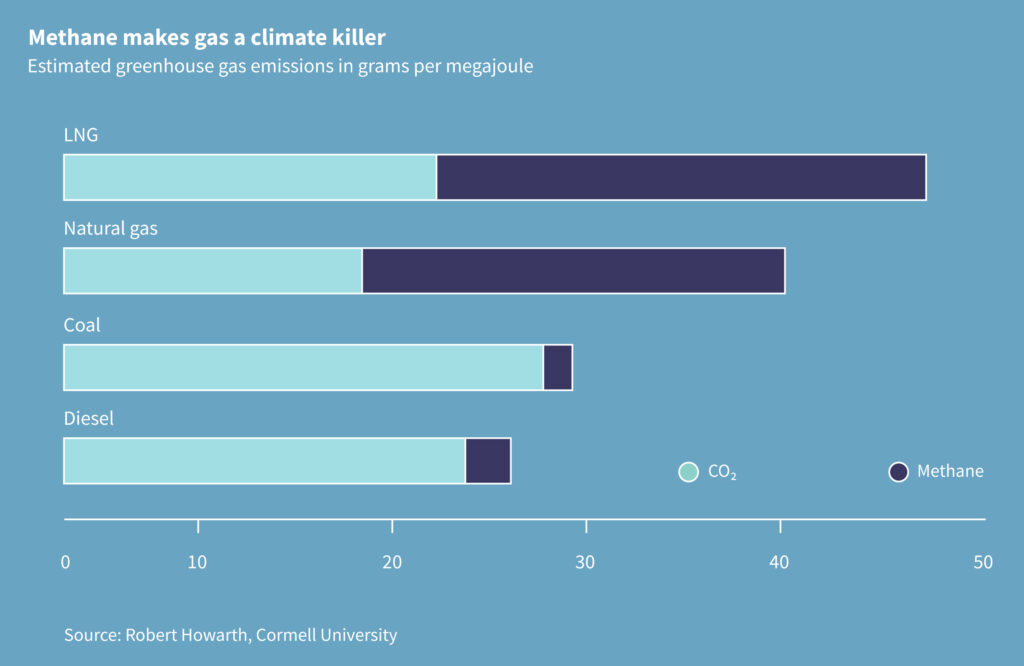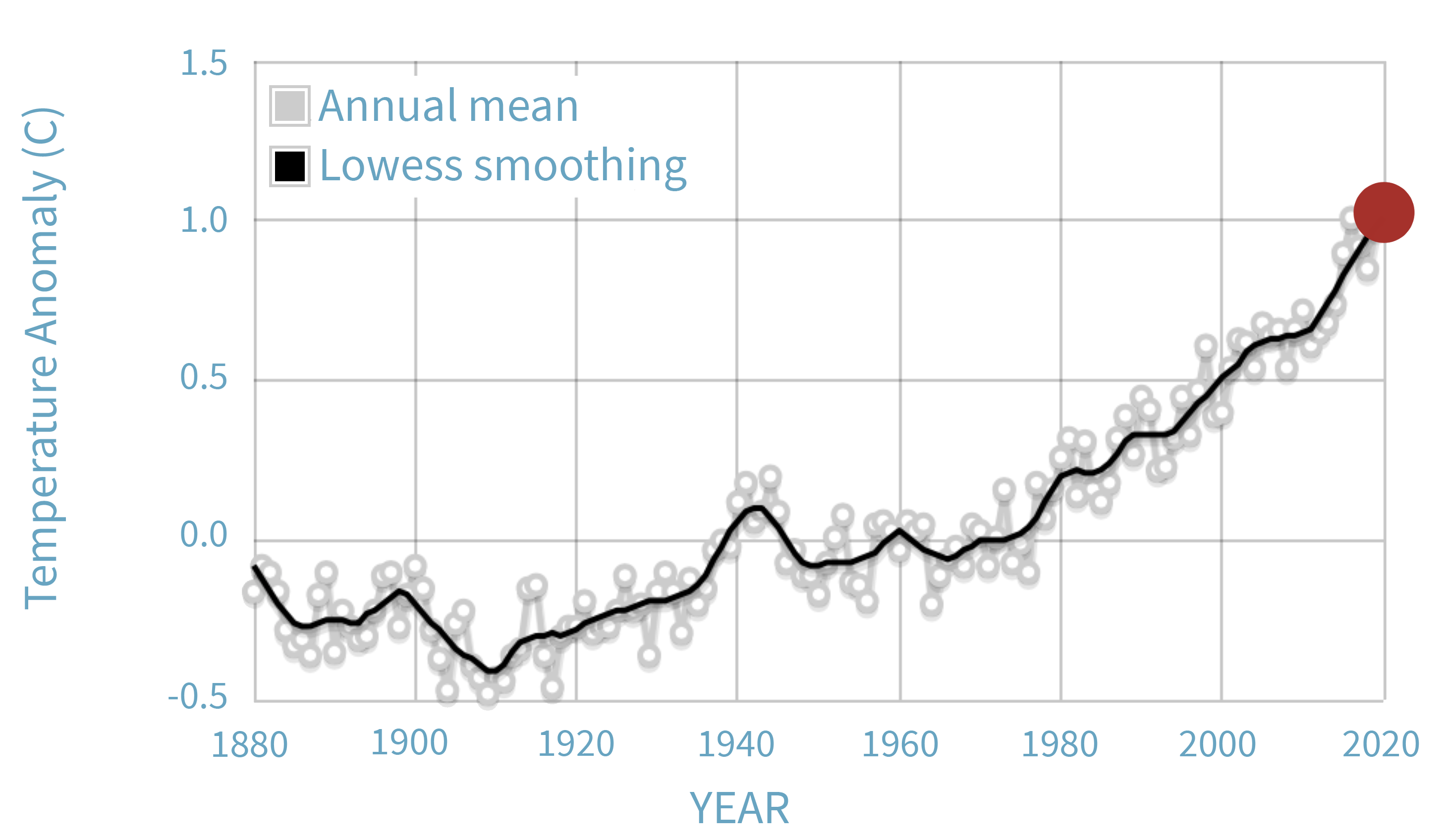The Earth’s atmosphere contains gases that allow short-wave solar radiation to pass through to a large extent, but absorb (long-wave) thermal radiation and thus heat the system.
In analogy to a greenhouse – which lets solar radiation pass and “retains” thermal radiation – these gases are also called greenhouse gases.
Especially water vapor, CO2 / carbon dioxide, methane and others absorb a part of the heat radiation emitted by the earth’s surface and therefore reduce the part of the heat radiation emitted into space.
Without this natural greenhouse effect, the earth would be iced over.
Since industrialization, we humans have caused a constant increase in atmospheric concentrations of greenhouse gases by burning wood, coal, oil or natural gas. The largest share of this is CO2 / carbon dioxide with about 66.1%, followed by methane with 16.4%, nitrous oxide with 6.4%, and the fluorinated greenhouse gases with 11%.
It is considered crucial that once released into the atmosphere, CO2 does not decompose even over 100 years, followed by methane after 12 years, which absorbs much more heat and is therefore about 25 times more harmful than CO2.
Methane is therefore the second most harmful man-made greenhouse gas. Although it is released much less than CO2, it is responsible for over 30% of global warming.
This anthropogenic (man-made) greenhouse effect reduces the heat radiation that would otherwise be emitted into space, and as a result the Earth’s surface/atmosphere system warms up.
Due to the global warming, however, the heat radiation emitted into space also increases.
The system warms up now so long, until the outgoing heat radiation balances the incoming solar radiation again and a new equilibrium state is established, which should not endanger a future worth living for our children, mankind and their exist-ence.
The concentration of greenhouse gases in the atmosphere has reached its highest level for centuries. This has just been announced by NOAA, the US National Oceanic and Atmospheric Administration, for the year 2021, especially as sea tempera-tures and sea level rise have reached new record highs along with the historic heat.
However, higher temperatures do not mean nicer weather, on the contrary: higher air temperatures cause more water to evaporate. For every one degree Celsius in-crease in temperature, the atmosphere can absorb around seven percent more moisture, which in turn leads to higher levels of precipitation, especially heavy rain-fall with devastating floods.
The so-called »tipping point«, “the critical limit beyond which a system reorganizes itself, i.e. changes of its own accord into a completely different state, often abruptly and/or irreversibly” must be avoided at all costs.

